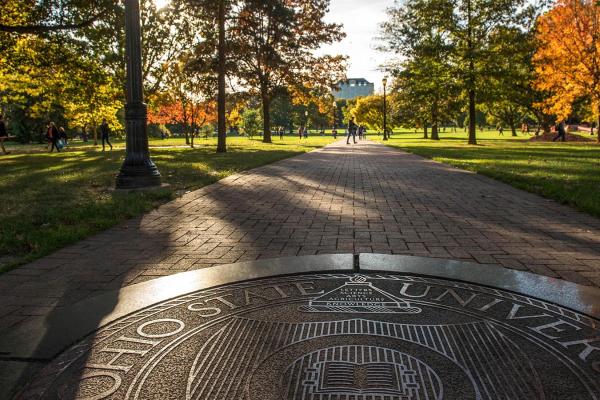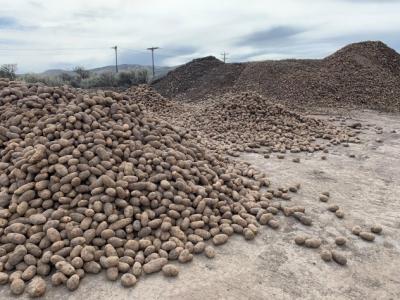Wasted Potatoes


Photo taken by Molly Page @idahomolly
Most farmers have experienced the crop loss that comes with environmental issues, pests, and diseases. Experiencing an extreme oversupply of crops on the other hand, comes as a shock. Potato farmers have been left with an abundance of potatoes stuck in the supply chain with nowhere to go except holes in the ground. This brings on a new definition of crop loss. The COVID-19 pandemic has caused significant financial hardships for potato farmers due to the government mandate that has shut down more than half of their markets and caused a severe lack of demand. The oversupply of potatoes has left them with the only option of giving them away and burying the rest.
One problem is that fresh-product growers will plant different varieties compared to those planted by a processed grower1. Because of different end-uses, these varieties have different characteristics and appeals. Dominic LaJoie, a potato farmer in Maine, plants about a third of his fields with the Russet Burbank variety2. This is a popular variety among the French fry industry, but it does not sell well in grocery stores because of packaging and consumer appeal. Although grocery sales are still up because of more people cooking from home, these French fry potato varieties are less likely to be sold due to many restaurant closures across the country. Additionally, about half of LaJoie’s potato production is turned into potato chips served on JetBlue flights, but new health and safety policies might make the company cut back on their in-flight food services. So for some farmers like LaJoie, they’re left with cancelled contracts and potatoes that will likely rot before they are sold.
It’s estimated that about 55% of all potato crops go to a food service, such as restaurants, caterers, and hotels1. With the closure of these establishments, potato processors have been cutting back on their orders from growers, and growers have been cutting back on their orders from seed farmers. US potato exports have also been hit hard, with an estimated decrease of $48 million in value during March and April3. It’s predicted now that over 1.5 billion pounds of fresh potatoes for processing could go to waste3.
This has caused farmers a large financial burden. It costs a lot of money to plant and grow potatoes, and even burying the potatoes takes time and resources. Potato growing organizations drafted a letter in June to the Secretary of Agriculture explaining the impact of their hardships and requesting changes to be made to the Coronavirus Food Assistance Program3. These groups calculated a price drop of 43% for potatoes used in frozen products, and compared with April 2019, processors in Idaho used 26.5% fewer potatoes this year. Zak Miller, a potato farmer in Idaho, says that “a 100-pound sack of potatoes went from costing about $12 a sack to $3 a sack, and a farmer needs it to cost at least $5 to break even”1. Although these farmers are on the verge of bankruptcy, they have been giving away their potatoes for free to surrounding communities. They have also been making potato mixtures to use for cattle feed in the upcoming year. Because of COVID’s impact on the potato market, potato farmers might be experiencing this financial hit for a while, with important planting decisions ahead.
Written by TPS Fellow Rachel Combs
References:
